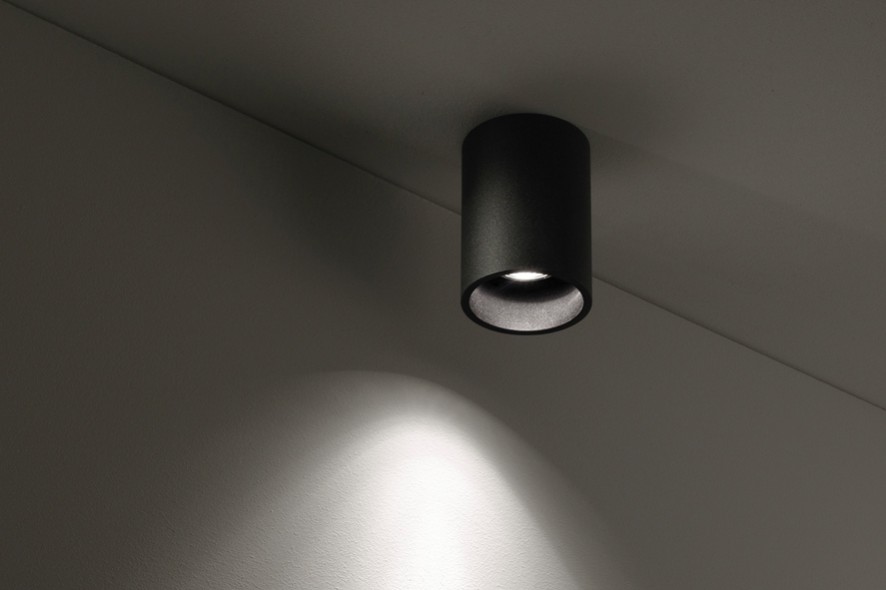In an increasingly changeable market, we work to create and produce with stability and continuity, in search of the perfect product … for “perfect” we mean the right value for money. Now, manufacturing in Italy and abroad does not simply mean sending an object to the assembly line; rather, it means connecting a number of economic, quality, distribution, tax and administrative factors. Those who decide to carry on a business project know that they will have to face many challenging aspects. In recent years, the general media have devoted their front pages to the relocation of production as a negative matter, as a link between a certain political situation and a general discontent caused by the fateful crisis (worldwide). The ability to be all commentators, mainly live on the social networking sites, has emphasized some general concepts even when there was not the necessary expertise in dealing with some very complex topics. China, the absolute protagonist of this view, has gone from being seen as an attractive business partner to enter into bilateral agreements, up to become the enemy to fight in the race to the bottom. Surely, both limits can be asserted, but the idea of considering the intermediate path between constructive power and unfair opponent is reasonable. The working conditions and the level of pay of the Asian countries are far from our reality, but it is true that the unstoppable economic growth bears witness to an important reality: the curve is still rising and the ability to build a skyscraper in 6 months should make us reflect: the Chinese pay model relies on productivity and (without the intention to consider it right or wrong), this implies a productive power similar to what our country experienced in the years of the national economic boom.
The growth has also led to an evolution of the labor skills: thanks to the fact that many plants were imported from Europe, including the training of personnel and the quality control on site, the level has increased and allowed to avoid losing job orders. Not to mention that even in China, the professional training of technicians and engineers is seen as an asset in which to invest: innovation and proprietary technologies can only increase the credibility of resources and improve the models of production and export.
Another factor that affects the economy of scale is the cost of energy: in China, electricity costs up to 5 times less than in Italy – which is still one of the European countries with the highest cost – and although now there is shortage of energy production due to the growing demand, it is a value that obviously affects the industry positively. It seems that the goal of the Chinese strategic project is to play the role of “a large manufacturer at the service of the world”. It is clear that the competitive price is the main lever of the two-way economic development: China manufactures a lot, we buy a lot and the end customer can choose among a wide range of products that are conceived, engineered and distributed in Italy. When the product is Made in China, we state it to be in compliance with the law first, but especially to properly inform our customer.
In addition, the ability to react quickly to market demands is a plus that governs the largest trade mechanisms in every sector: from fashion to automotive, from telecommunications to electronics, going especially to the consumer goods. Modern China – compared to today’s market – cannot be relegated to the role of contractor, but should be understood as a moving force able to change the world of industry and innovation in ever-faster times. In other words: by enlightened entrepreneurs, it is worth knowing better, rather than ignoring, a power that can change the rules or even create them. However, how did we come to this stage? China’s economic growth began in 1978, when the state abandoned the economic and political uncooperative behaviour to strive towards the opportunities of a free market. A year later, they introduced the “Special Economic Zones”, areas in which the factories receiving commissions and orders from abroad were tax-advantaged. In the nineties, they established the “Technology Developed Zones”, areas in which they intended to plan research and development activities, including through the use of funding from abroad. These areas included a university dedicated to research, a center of technological innovation and a commercial enterprise for the production and sale of products resulting from the joint research of these entities.
Innovation, change, research… once again, these are the key words of the economic and production growth: from1980 until early 2000 (World Bank estimates), China has recorded an average annual increase in GDP of 10%; according to IHS Global Insight, in 2010, the world manufacturing was covered by the production in China for 19.8%, a truly significant figure. Precise economic planning and regulations that have controlled many aspects (such as the population growth), have made China one of the richest economic countries in the world, surpassing even the United States that, according to Global Insight analysis, had kept the world manufacturing production record for 110 years before being surpassed. The absolute value to pursue is a “product with a perfect value for money” but, in the meantime, the advice is to learn how to evaluate the product for what it is, above all, by analyzing its price on the market. If a lamp has a background of design, research, craftsmanship, customization, industrial quality, then it adequately represents the brand system of values, regardless of the place where it is built. This also applies to the cost: the consumer today can easily compare prices of similar products and verify the credibility of the company that is proposing them. To sum up: for us, manufacturing some models in China means planning design and concept in Italy and finding a reliable Chinese partner (yes, not everyone is reliable) who can build them exclusively, within a reasonable time and at attractive costs.
Our business partners have an internal European person of reference, who can easily talk to our technical department by solving the linguistic and cultural problem. We want to be clear: our products have always indicated the origin of the device, as it is right and proper from a regulatory point of view. And today we do even more, telling about some products that have long been made in the People’s Republic of China and customized by our logo, which certifies the “authorship”, i.e.:
All well-made products, as evidenced by the sales and the steady appreciation of the experts who choose them and use them every day: this demonstrates that Italy and China, perhaps, today are not that far away!

 English
English Italiano
Italiano














